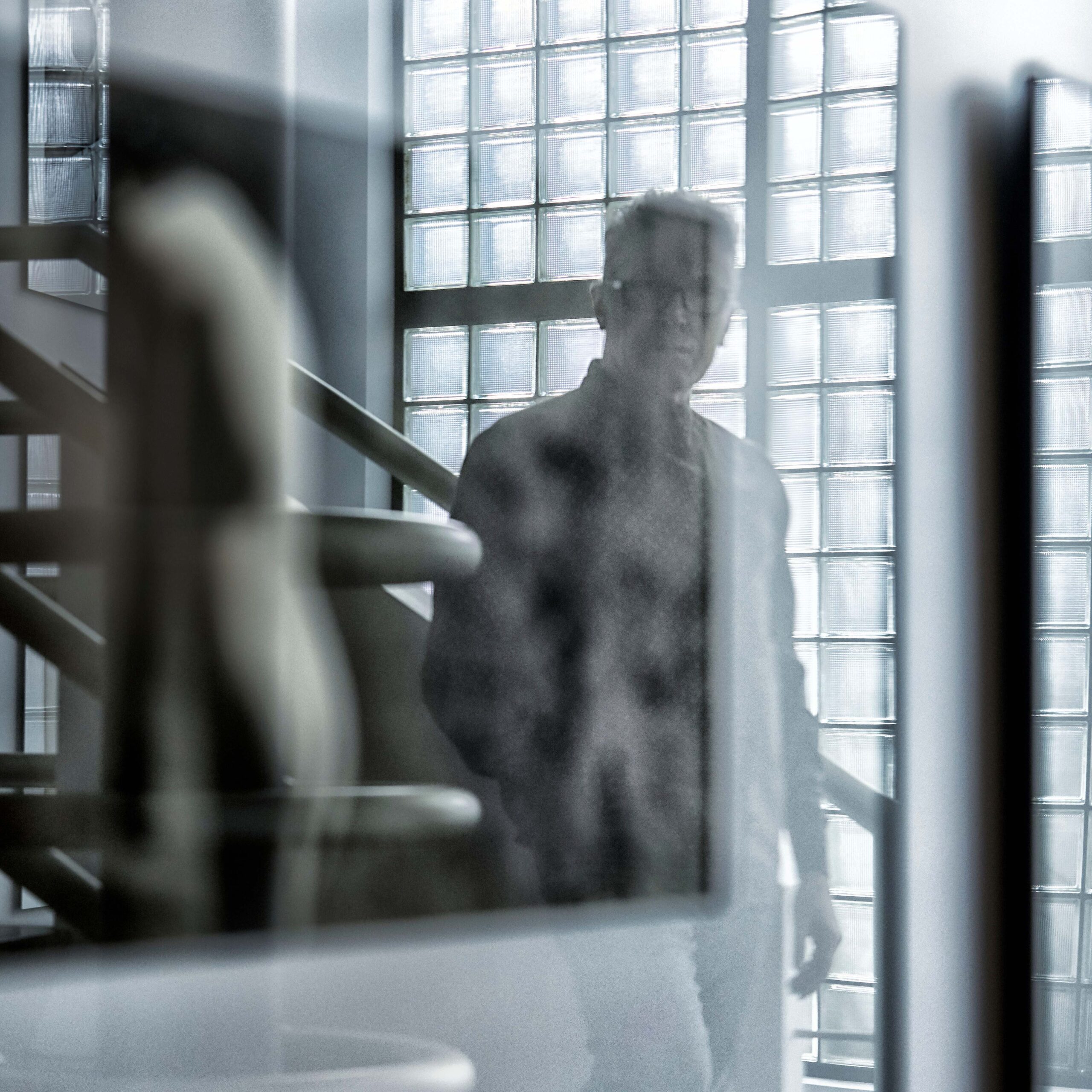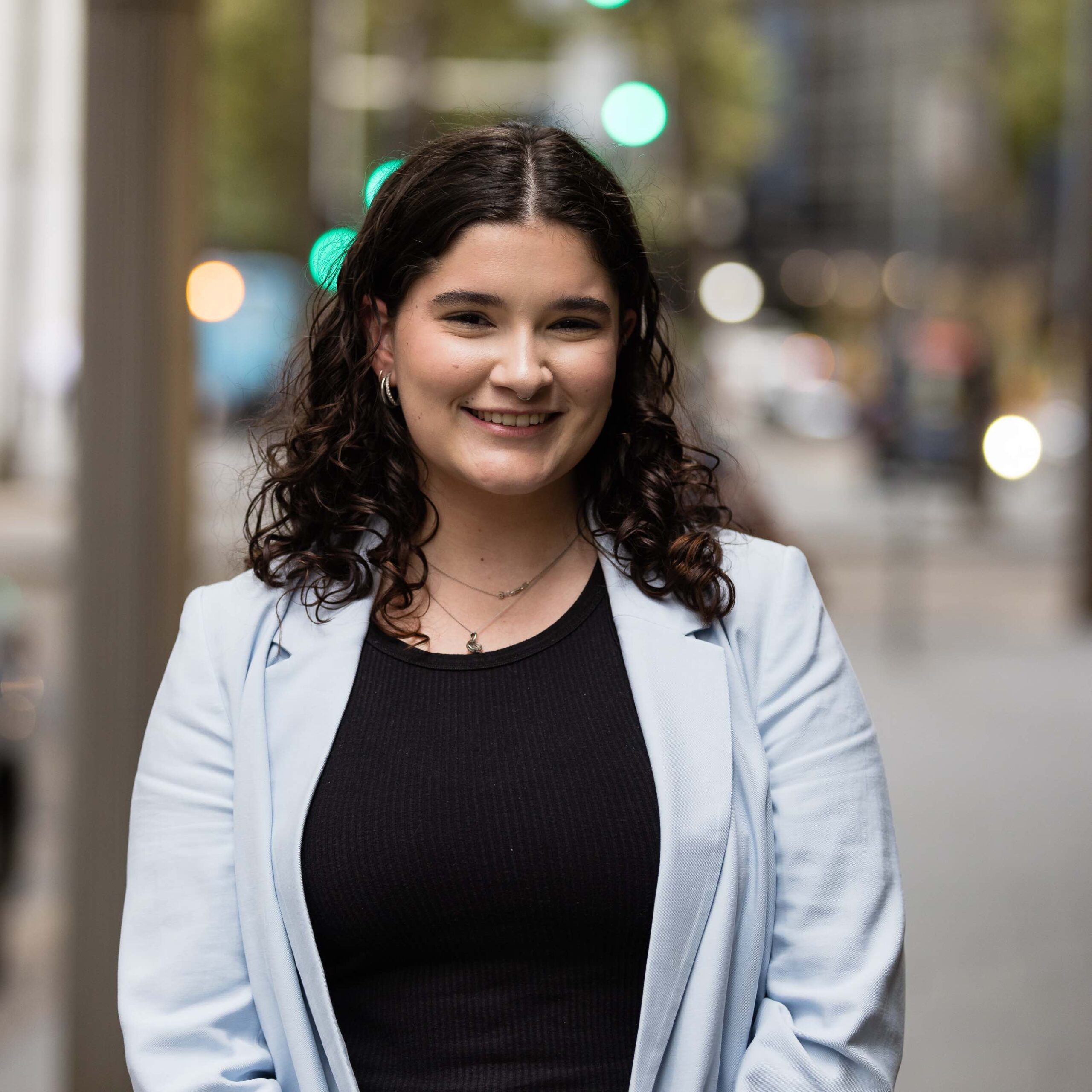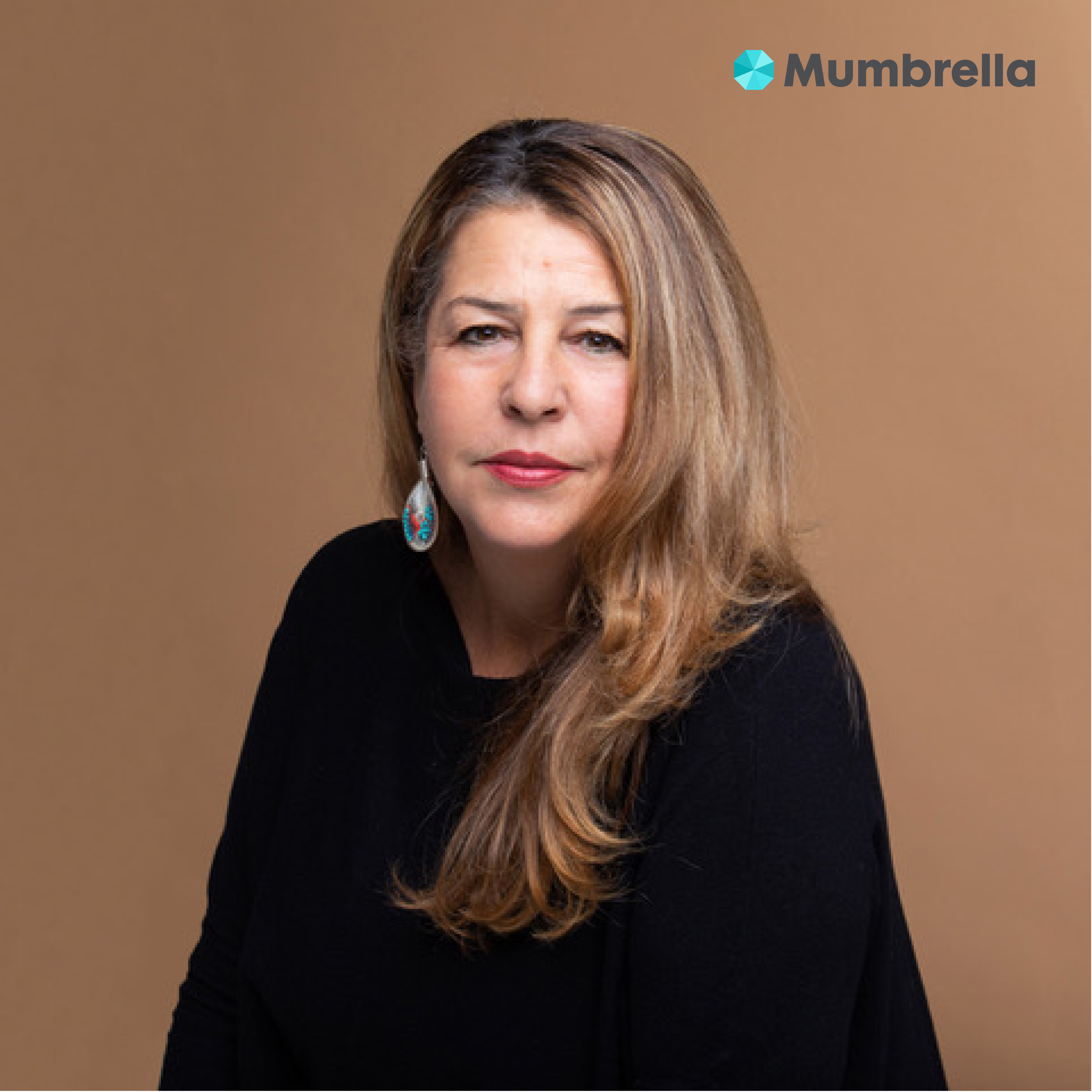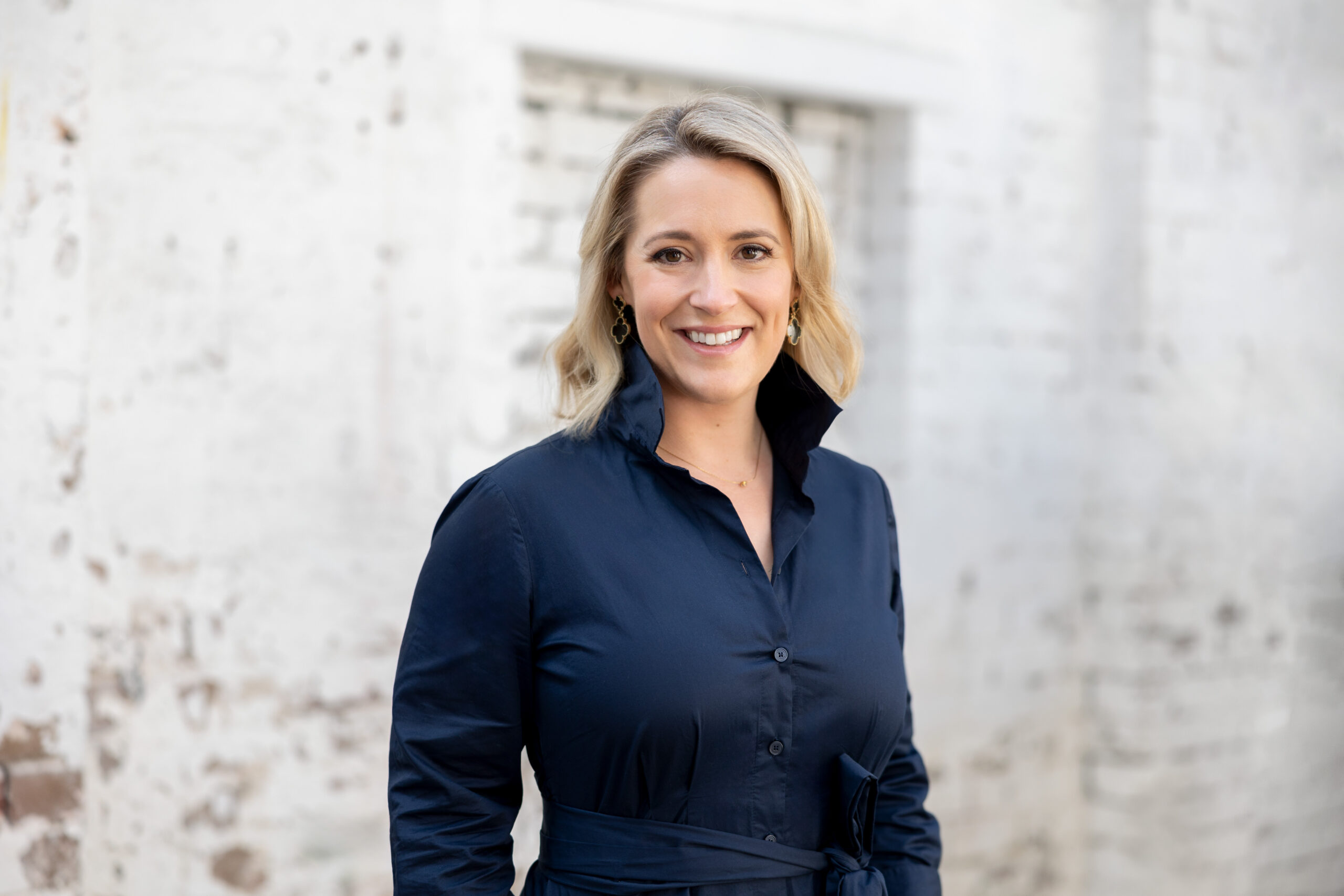
In Conversation with Robbie Brammall
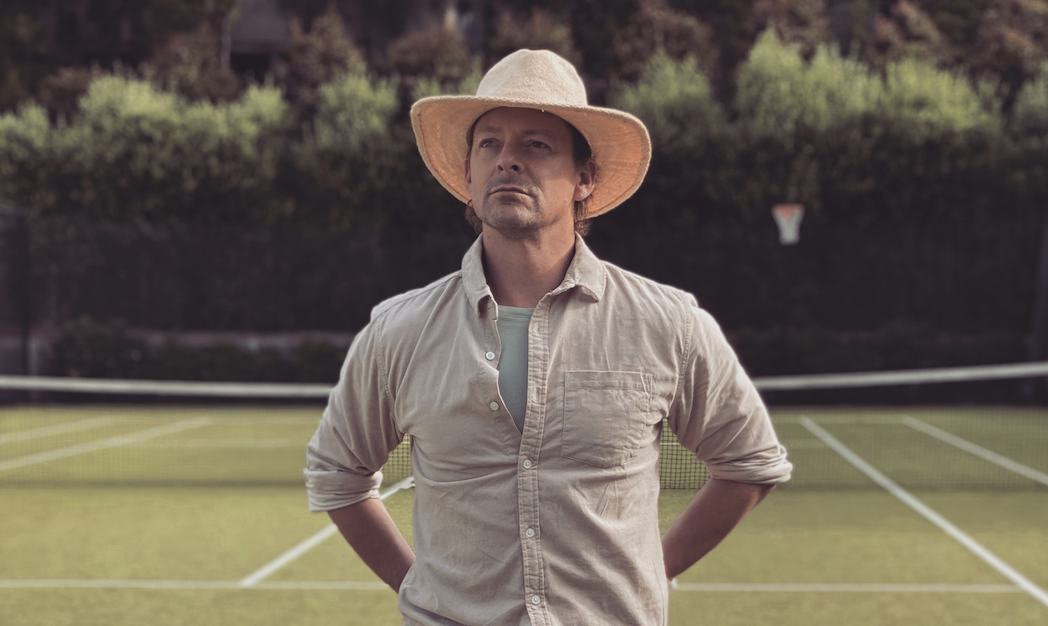
Robbie is the Director of Marketing & Communications at Mona in Hobart. He’s tasked with making mischief and money for over forty creatively driven brands – from the museum and its summer festival, to a brewery (Moo Brew), three wineries (Moorilla, Domaine A, Stoney Vineyard), a skincare company that repurposes river sludge as a luxury face scrub, and most recently a recording studio that features the original mixing desk from Abbey Road Studios.
Whilst at Mona he’s been responsible for adding some marketing rigor to owner David Walsh’s free-wheeling cultural enterprise, whilst simultaneously growing its reputation for creativity and risk taking. Robbie’s pitch to David back in 2016 was that if creativity and risk are the essence of Mona then that philosophy should be reflected in the marketing as well. David foolishly agreed, and Robbie’s had fun (and success) with the marketing ever since.
Prior to joining Mona, Robbie spent 17 years faking his way around the world as a creative director for advertising agencies like Saatchi & Saatchi, BBDO, Y&R and DDB.
What’s your best memory of your first creative job?
My first job in creative was as a copywriter for Tassie’s biggest commercial radio station – The Mix HOFM. I’d studied Marketing and English at UTAS, so I was well prepared with precisely zero skills for the role. What a time—I’d write all the radio ads, fax the scripts through to the clients, ring them up and sell them in, then go downstairs and record the spots with the station engineer. I was writing, selling, and producing one radio ad every half hour, voicing about 25% of them, and occasionally playing the jingles. I made 9000 ads in two years. Maybe 40 of them were any good. And that’s being generous.
My favourite memory was undoubtedly winning my first award – I think it was for Tas Windscreens Repair. Or it could have been Matt’s Meats. Both are now considered classics of the windscreen repair and family butcher genres.
How important were the teachers and mentors to your career? Does anyone stand out?
I moved to London during the great recession of 2001 where I was fortunate enough to team up with my long-term art director, Ant Hatton. He knew all about ads as he was English and had been to a proper ad college. So, I probably learnt most from Ant— he’s an amazing creative. But London in general was hugely formative. We spent two years pestering the best CDs in London – Trevor Beattie and Ed Morris at TBWA, Jeremy Carr at AMV, Dylan Harrison at BMP, Andrew Fisher at Saatchis. We’d take spec briefs every month from Fallon, St Lukes, Mother, share our ideas and learn what we could. God, we were poor. We survived on Vimto and chips in bread. But it was an amazing ad education. I remember Ed Morris of PlayStation fame giving the best advice for any junior. He drew an iceberg, pointed at the tip, and said, “that’s execution”, then he pointed at the vast remaining volume of the iceberg, and said: “and that’s strategy. You’re spending all your time on the execution. Execution is piss-easy. Spend all your time on the strategy.”
What made you want to move from advertising into the art world?
After 17 years on the mainland, our family was ready to move back home to Tassie for some much-needed work life balance. And let’s be honest, 20 years in advertising is probably enough. Anyway, the Mona job came up and I threw my hat in the ring. Mona’s owner David Walsh interviewed me, we bonded over a joint love of David Bowie, we got drunk, he told me I’d be the biggest mistake he’d ever make, and I woke up hungover but having accepted the job. Mona’s an incredible place, dedicated to ideas, not just art. It’s an incredibly fertile place to grow as a creative. In the 6 years I’ve been at Mona we’ve launched airlines and given away all the seats to one person, invented ‘protesticle’ alcoholic icy poles in the shape of Pauline Hanson’s head with a suitably bitter aftertaste, built a billboard that direct-dialled Donald Trump’s office in the Whitehouse so you could leave him a message, built a recording studio featuring the mixing desk out of Abbey Road Studios, created a five star bogan restaurant that served liquid chicken parmigiana that you could wash down with a drinks menu that was entirely rum and coke. There’s been river sludge repurposed as luxury face scrub, beers so German they come with free shit techno, death scented candles infused with the essence of Berriedale at low tide, tea towels telling the story of Mona’s chickens, hand cheese… you get the gist, Mona’s fun. I’m very lucky.
What is your most important goal?
It’s all about family now—making sure our little team is healthy and happy. A very distant second is finding more ways to have fun creatively – it’s what gives me energy, it’s what makes me feel professionally fulfilled. That used to be about writing great ads, but now I have the enormous privilege of getting creatively excited about bringing new businesses to market, amplifying amazing exhibitions, inventing products, and pursuing ideas David is interested in. And the lens that we put across everything at Mona is to prioritise those ideas that have an asymmetric upside (a disproportionate net benefit). Improving my surfing is also important.
What would be the one thing you’d be sure to pass onto someone starting out in the creative industry?
Just try lots of things. David Walsh is a professional mathematician, and he reckons success in life is entirely based on luck, not ability. So, to succeed you need to play the odds. That means being restless, having lots of side hustles, not settling for too long in one place, growing your network, doing more random things, and building your connections. Because the more bets you have in play, the more chances you have that one will pay out. Now, if that advice came from me, you’d be right to ignore it, as I’m full of shit, but David actually knows what he’s talking about. So, roll the dice.
Share it around…


